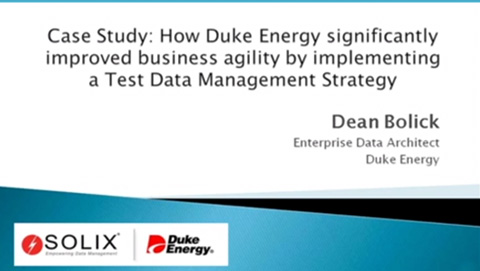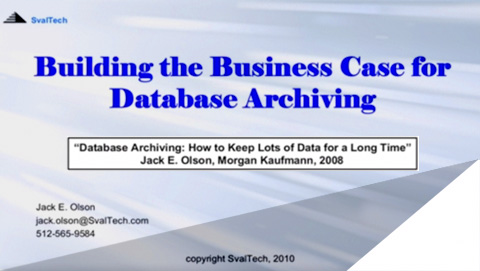Apache Spark
What is Apache Spark?
Apache Spark is an open-source unified analytics engine for large-scale data processing. Initially developed as an alternative to Hadoop MapReduce, Spark offers faster processing speeds, especially for in-memory computations, making it a popular choice for big data workloads.

Key Features of Apache Spark
- In-memory computing: Spark can store and process data in memory, enabling significantly faster processing compared to disk-based solutions. This is particularly beneficial for iterative workloads that involve frequent data access and manipulation.
- Fault tolerance: Spark is designed to be fault-tolerant. It can automatically detect and recover from node failures within a cluster, ensuring data processing continues uninterrupted. This feature is crucial for mission-critical applications and large-scale deployments.
- Unified platform: Spark offers a variety of functionalities, including:
- Batch processing:Efficiently processing large datasets in a batch mode, ideal for historical data analysis and generating reports.
- Streaming: Real-time processing of continuous data streams, enabling near-instantaneous insights and real-time decision-making.
- Machine learning: Provides libraries and tools for building and deploying various machine learning algorithms on large datasets.
- Graph processing: Analyzes the relationships and connections within complex graph structures, useful for social network analysis, recommendation systems, and fraud detection.
- SQL: Enables querying and manipulating data using familiar SQL syntax, making it accessible to users with SQL expertise.
- Ease of use: Spark provides APIs in various programming languages like Scala, Python, Java, and R, allowing developers with diverse backgrounds to work with the platform. This broad availability of language options simplifies development and integration with existing systems.
- Scalability: Spark can be easily scaled up or down based on workload requirements. It can utilize a single node for development or scale out to distribute workloads across a cluster of machines, efficiently handling large datasets and complex computations.
Benefits of Apache Spark
- Faster data processing: In-memory computing significantly reduces processing time compared to traditional disk-based solutions, making Spark ideal for time-sensitive applications and real-time analytics.
- Real-time analytics: Spark’s streaming capabilities enable real-time data processing and analysis. This allows businesses to gain insights from data as it’s generated, facilitating near-instantaneous decision-making and proactive responses to critical events.
- Reduced development time: Spark’s unified platform simplifies development by providing various functionalities within a single framework. Developers don’t need to learn and manage separate tools for different tasks, reducing development time and effort.
- Cost-effective: Open-source nature and efficient resource utilization make Spark a cost-effective solution for big data analytics. Businesses can avoid vendor lock-in and leverage existing hardware infrastructure with Spark, optimizing their data processing costs.
Examples of Apache Spark Workloads
- Log analysis: Processing and analyzing large volumes of server logs to identify trends, diagnose issues, and improve system performance.
- Social media analytics: Analyzing social media data in real-time to understand customer sentiment, track brand mentions, and measure the effectiveness of marketing campaigns.
- Fraud detection: Analyzing financial transactions in real-time to identify suspicious activities and prevent fraud.
- Scientific computing: Performing complex scientific simulations and calculations on large datasets, such as analyzing weather patterns, simulating protein folding, and conducting drug discovery research.
- Internet of Things (IoT): Processing and analyzing data generated from various IoT devices in real-time for monitoring, predictive maintenance, and optimizing resource utilization.
- Financial services: Analyzing financial data for fraud detection, risk management, personalized financial products, and algorithmic trading.
- Healthcare: Analyzing medical records, patient data, and genomic data for research, personalized medicine, and improving patient care outcomes.
- Retail: Analyzing customer data for targeted marketing, personalized recommendations, optimizing inventory management, and detecting fraudulent activities.
Apache Spark has become a widely adopted tool for big data processing due to its speed, versatility, and ease of use. Its ability to handle batch and real-time workloads suits various applications across diverse industries. While Spark offers significant advantages over traditional solutions like Hadoop, it’s crucial to choose the most appropriate tool based on specific data processing needs and project requirements.
FAQs
Is Apache Spark difficult to learn?
While Spark offers various functionalities, the basic concepts can be grasped with a moderate understanding of programming languages like Python or Scala. Additionally, extensive learning resources and tutorials are available online and through the Spark community.
What are the limitations of Apache Spark?
Spark might not be the best choice for situations demanding extreme cost-efficiency or when dealing with very small datasets. Additionally, its in-memory processing capabilities are limited by the available memory resources in a cluster.
What are some popular tools built on top of Apache Spark?
Several popular tools leverage Spark’s functionalities, including Apache Kafka for real-time data streaming, Apache Spark MLlib for machine learning, and Apache Spark SQL for large-scale SQL queries.





